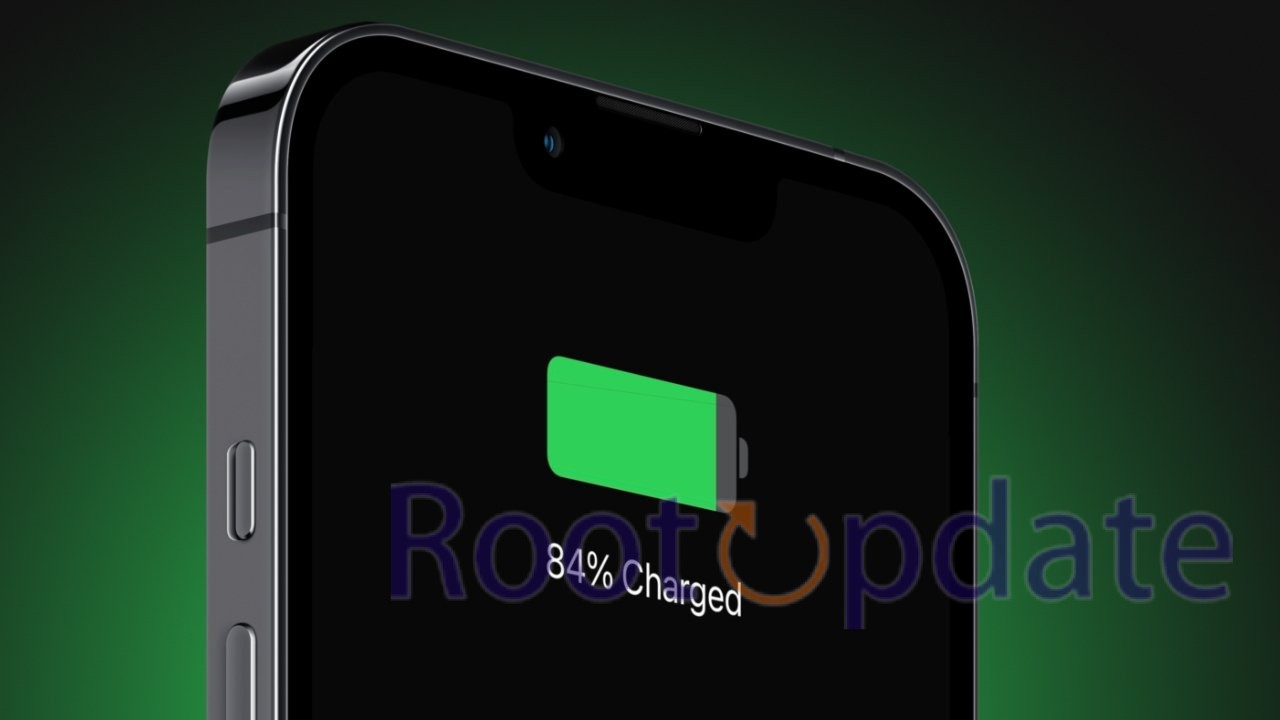Check Charge Cycle Count On Older IPhones: Are you curious about how to check the charge cycle count on your older iPhone? Well, you’re in luck! Understanding the charge cycle count is crucial for maintaining the longevity of your device’s battery. In this blog post, we’ll walk you through step-by-step instructions on how to easily check the charge cycle count on your older iPhones. So, whether you’re a tech enthusiast or simply want to extend the lifespan of your beloved iPhone, keep reading to learn more!
Understanding the Importance of Charge Cycle Count
Table of Contents
Your iPhone’s battery is the powerhouse behind its performance, and understanding the charge cycle count is essential in maintaining its overall health. But what exactly is a charge cycle count? Well, it refers to the number of times your iPhone’s battery has been fully drained and then recharged back to 100%.



Each time you go through a complete charging cycle, it puts some strain on your battery. Over time, this cumulative effect can lead to a decrease in battery capacity and eventually impact how long your device can hold a charge.



Knowing your iPhone’s charge cycle count allows you to gauge how much life your battery has left. Apple typically designs their batteries to last for around 500 full charge cycles before they start showing signs of diminished performance. However, keep in mind that this number January vary slightly depending on the model of your older iPhone.
By being aware of your device’s charge cycle count, you can take proactive steps towards extending its lifespan. From adjusting usage habits to implementing best practices for charging, understanding this metric empowers you with valuable information about how to maximize the longevity of your iPhone’s battery.
So now that we’ve established why knowing the charge cycle count is important let’s dive into how you can easily check it on older iPhones!
Inherent Features of the iPhone 15 Series
The iPhone 15 has notably upped the ante with compelling features:
- 48MP Camera: High-resolution imaging for crystal-clear photos.
- Dynamic Island: Enhanced user experience on standard and Plus variants.
- USB Type C Ports: Faster data transfer and charging capabilities.
- A17 Bionic Chip: Exclusive to the Pro/Max variant, this chip boosts performance exponentially.
Furthermore, hidden within the vast expanse of its software enhancements are the 80% battery charging limit and the Charge Cycle Counts. The former caps battery charging at 80% to extend its lifespan, while the latter illuminates the number of charge cycles a battery has undergone.
Previously, to access these functionalities, third-party applications were indispensable. However, with the iPhone 15 series, Apple has seamlessly integrated these features into the operating system.
The Conundrum: Older iPhones and Charge Cycle Counts
An intriguing aspect arises when we ponder why legacy iPhones lack an intuitive means to access Charge Cycle Counts. It’s undeniably software-driven, not reliant on hardware. Speculations abound, suggesting Apple’s strategy might be nudging users towards the newer models. But is there a workaround for older iPhone models?
How To Check Charge Cycle Count On Older iPhones



While the latest iPhone models are imbued with myriad captivating features, the enigmatic Charge Cycle Count remains largely unspoken, especially concerning older iPhone models. This article aims to unravel the mystery behind this feature and offers a comprehensive guide on how to access it on preceding iPhone models.
Contrary to common perception, all iPhone models inherently maintain a record of cycle counts. The steps to access this hidden gem involve:
- Exporting Device Log Data: Navigate to system settings and export device log data.
- Utilize a Text Editor: Open the exported file using any text editor.
- Search for the Cycle Count: Within the document, a quick search will reveal the cycle count.
For those desiring a more streamlined approach, a specially designed Shortcut file exists that replicates the above steps with ease. Users can execute this shortcut and instantly view the Charge Cycle Counts.
Alternatively, myriad third-party applications cater to this specific need. Hence, users retain the autonomy to choose their preferred method.
Related:
- Can I Play AAA Console Games on iPhone 15?
- HEIF Max Is Now Available To iPhone 14 Pro/Max With iOS 17 RC
- How to fix Random Vibrations issue in iPhone
- Know if Your Apple iPhone is Original or Duplicate (2025)
- How to Fix iPhone Stuck on Apple Logo During iOS Update
Conclusion
Keeping track of your iPhone’s charge cycle count is crucial for maintaining its battery health and overall performance. By understanding the importance of charge cycle count and learning how to check it on older iPhones, you can ensure that your device lasts longer and operates at its best.
Remember, a charge cycle is completed when you have used up 100% of your iPhone’s battery capacity. Over time, as you go through multiple charge cycles, the battery’s ability to hold a full charge gradually diminishes. By monitoring the charge cycle count, you can make informed decisions about optimizing your usage patterns and taking necessary steps to preserve your device’s battery life.
Now that you know how important it is to monitor the charge cycle count on older iPhones and understand how to check it within just a few taps in settings – take advantage of this knowledge! By being mindful of this metric regularly and implementing good habits around charging practices for optimal use without compromising longevity – You’ll enjoy extended functionality from both hardware (battery) & software sides alike!
So go ahead; give these steps a try today—it might just be what keeps your beloved old iPhone going strong for years to come.
